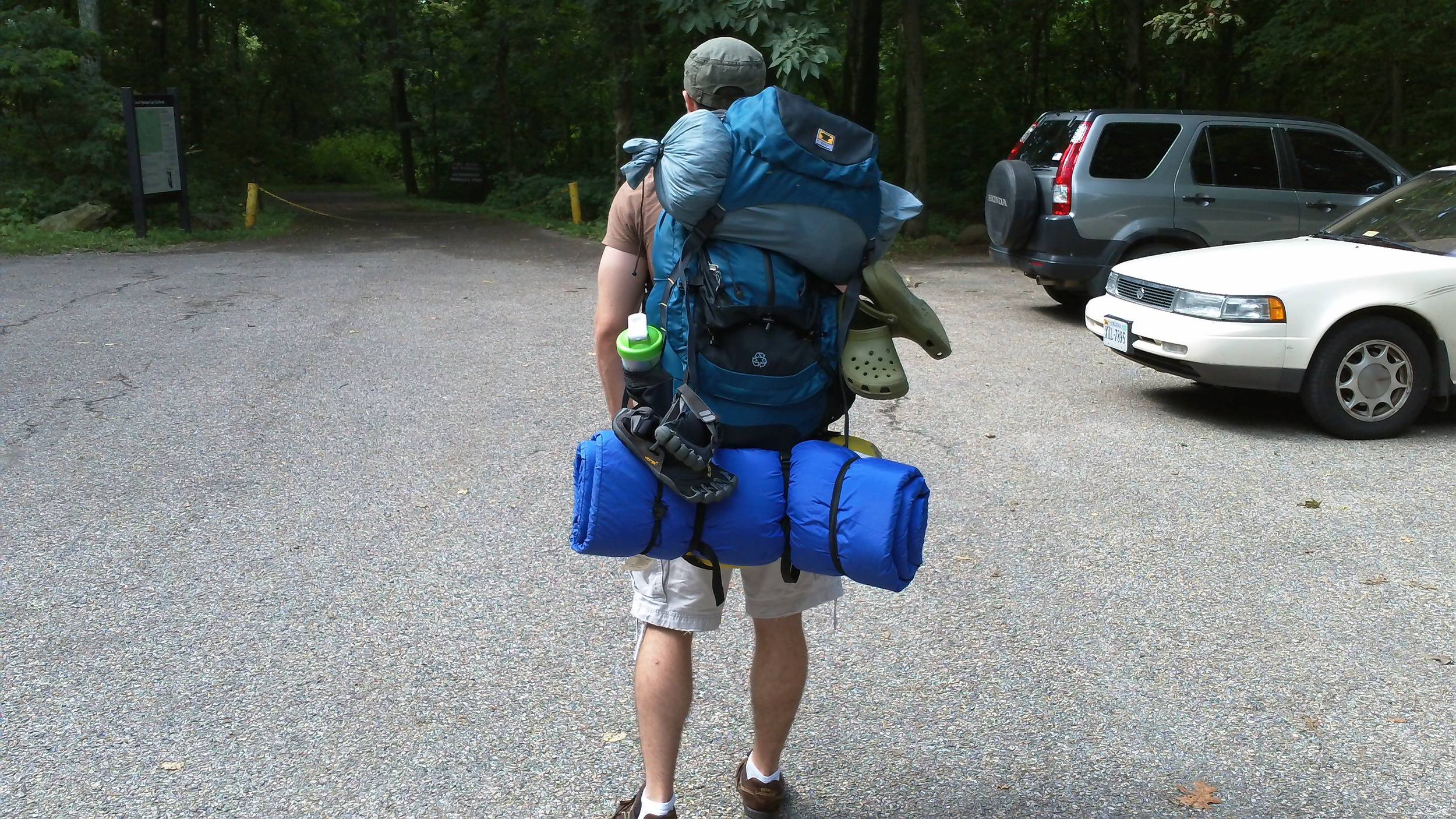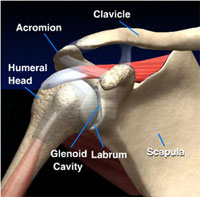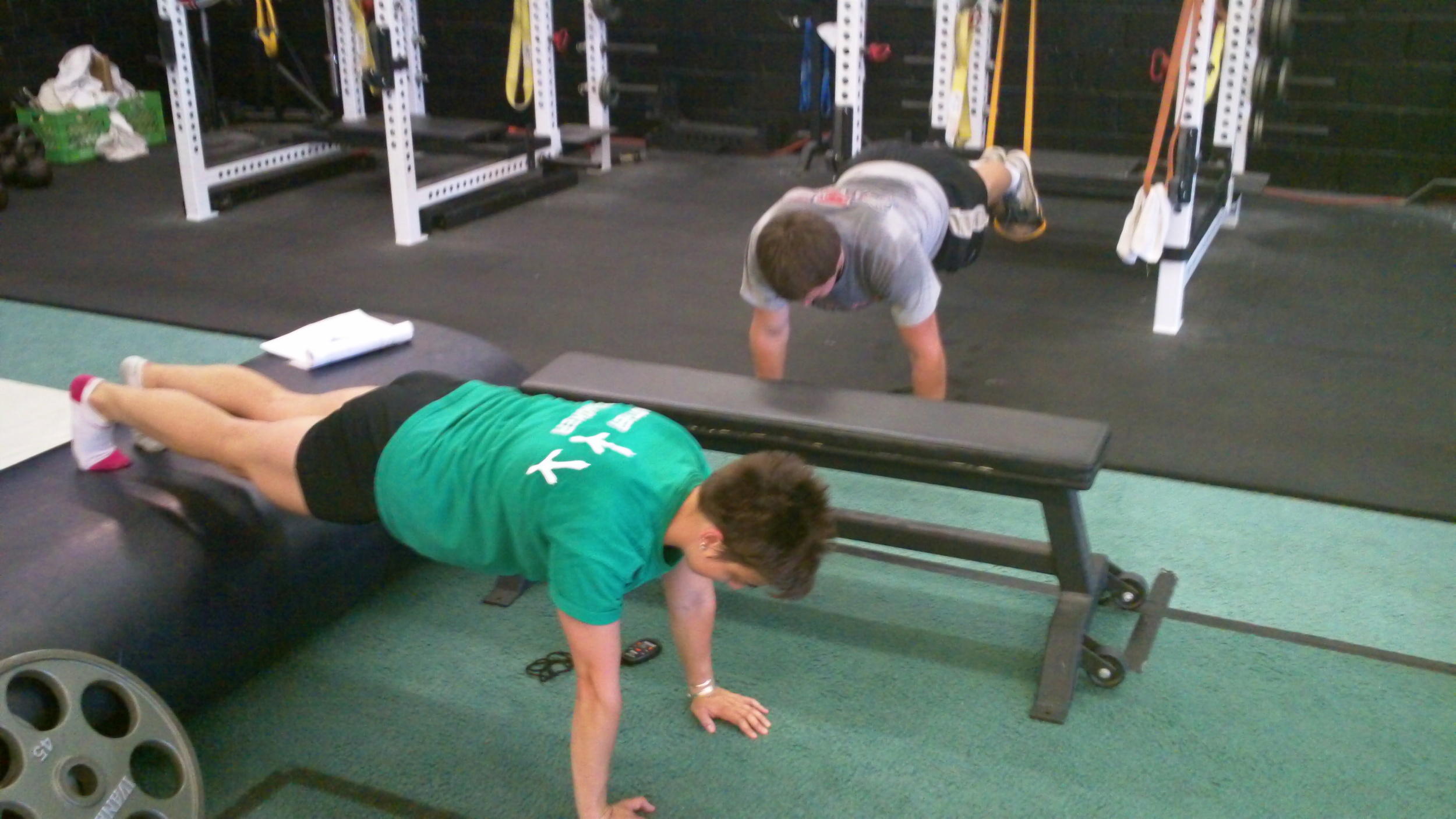A misconception I would like to blow out of the water today is that women should only perform pushups from their knees. It seems that when some fitness instructors are working with females, and realize they can't do "normal" pushups from the feet, they resort to placing their knees on the ground. Not that there is never a time or a place for this, but I feel it's a misguided mindset, for two reasons:
- I've never seen a correlation between the number of pushups a woman can do from her knees versus the ability to perform a pushup from her feet (ex. even if a woman can do 25 pushups from the knees, she still may not be able to do a full pushup with the knees off the ground). This is largely do to the heightened lumbo-pelvic stability suddenly required at the hips/torso when the knees are elevated.
- While subtle, it continues to perpetuate the notion that women should train differently than men and are destined to be "inferior," if you will, in the weight room. I think we should set women up for success, and show them what they actually cando with some perseverance and proper coaching.
If we're trying to, oh I don't know, actually improve female's movement quality and help them become stronger (not to mention boost their confidence), we need to stop perpetuating this notion that the majority of women are doomed to eternally fail at the full-range pushup.
Granted, nature hasn't necessarily set women up to learn the pushup as quickly as most men, due to biomechanical factors. For example, females tend to have a higher "lower body mass:upper body mass" ratio compared to men (think of having a weight placed over your hips versus your shoulders in a pushup, this would make it much more difficult).
However, with some careful coaching and persistent practice, almost any female can obtain this. We coach girls who can perform better pushups than most men I see in commercial gyms, and these same girls couldn't do a single perfect pushup when they first started training at SAPT. My guess is that if we had just resorted to having them do "knee pushups," they'd still be unable to do a proper pushup (not to mention received FAR less improvement in their preparedness for sport).
Below are some videos of a couple of our female athletes performing pushups. I'm sharing these for two reasons:
- To show that it is definitely possible for a girl to do a full-range pushup after proper training (without them being eternally destined to do "knee pushups" as the media will often portray).
- These pushups completely destroy 95% of the pushups I see performed by men across the country. Boys: you really aren't that cool! Let's be real here and save the bench press for when we can perform at least 25 perfect pushups without any technical breakdown.
Below is one of our volleyball players (13-years old, mind you), Kenzie, performing five flawless pushups, and then topping them off with some sandbag walkovers:
Note: when Kenzie first came to us, she had to do pushups with her hands elevated on a high mat, so she has come a long way!
Next is Kaleigh (a track athlete), performing them with a 25lb plate on her back.
Thirdly, is a video of Kelsey performing some awesome TRX pushups, with her feet elevated.
And, last but not least, is Lisa banging out some single-leg, foot-elevated pushups. Strong!
Now, what to do if she can't yet perform a full-range pushup? One option is to only perform the eccentric (the lowering or "yielding" portion of the movement) as Maggie is doing in the video below. Focusing on the eccentric portion is actually a pretty key factor in rapid strength gains, especially in beginners.
Now, if someone can't do eccentric pushups them from the floor (as most people can't, initially), then you could simply have them elevate their hands on a mat or bench to make it easier.
You can even have them perform PUPPs, in order to acclimate to the feeling of supporting their bodyweight in full pushup position.
There are many other tools you can use as well, but I trust this is enough to at least give the women in the crowd some motivation, and get you thinking about tools outside the knee pushup to work on your strength and movement quality.
Cheers!







